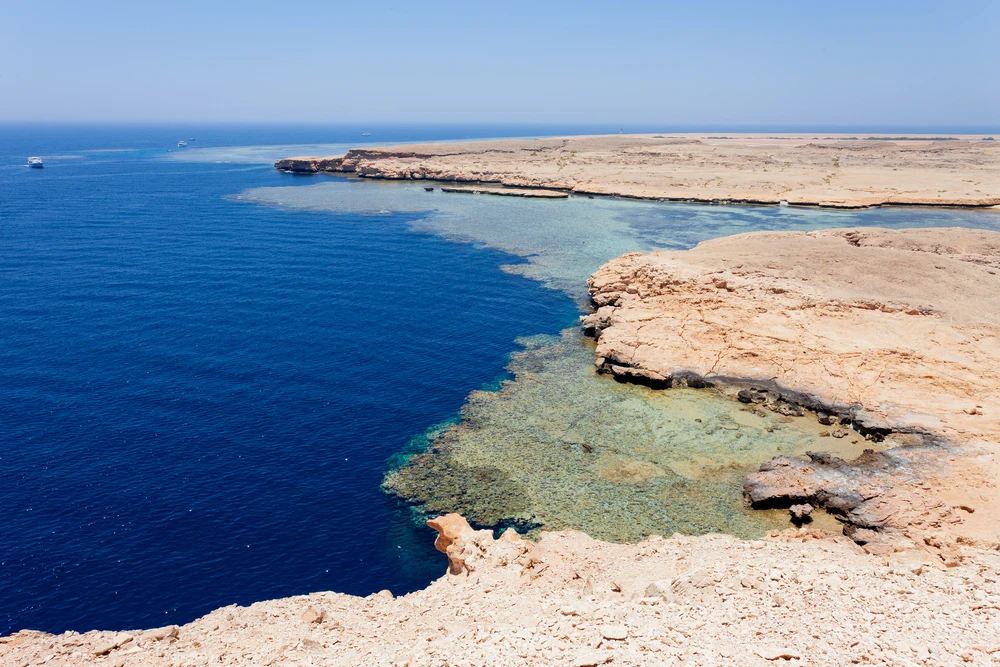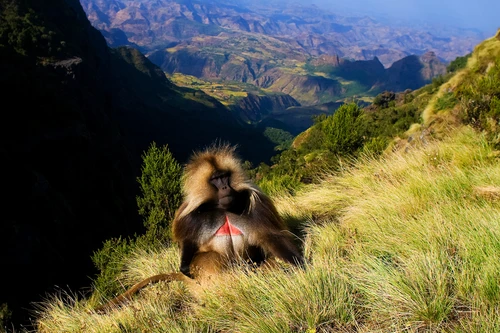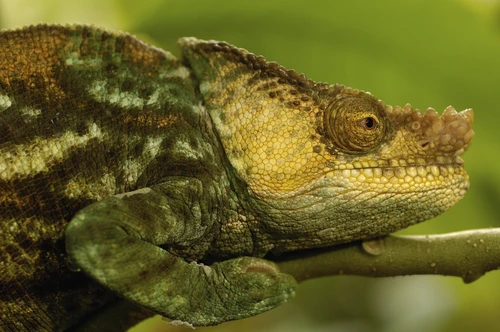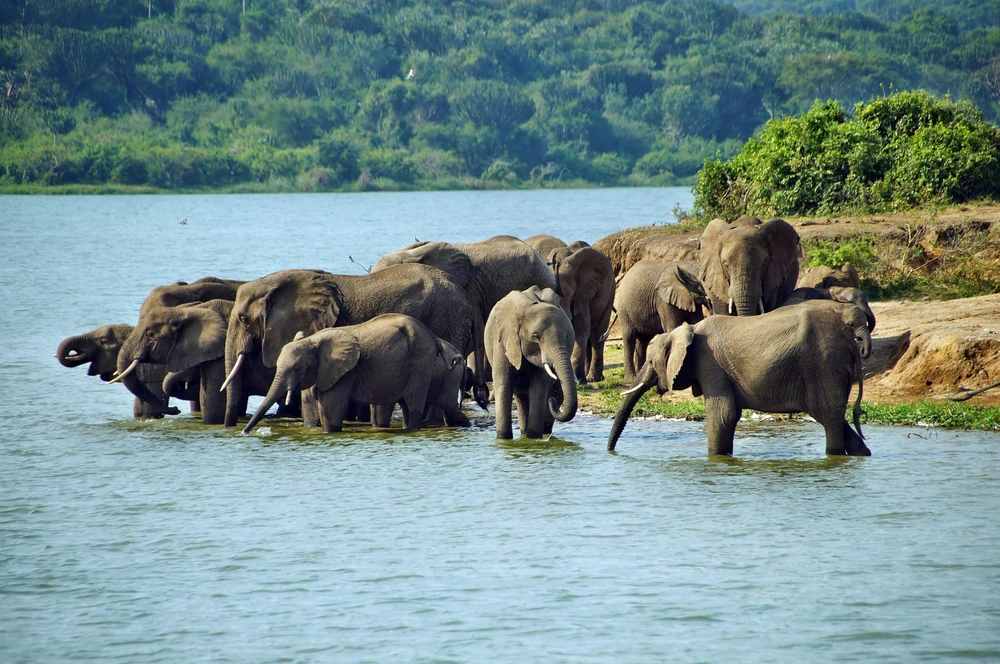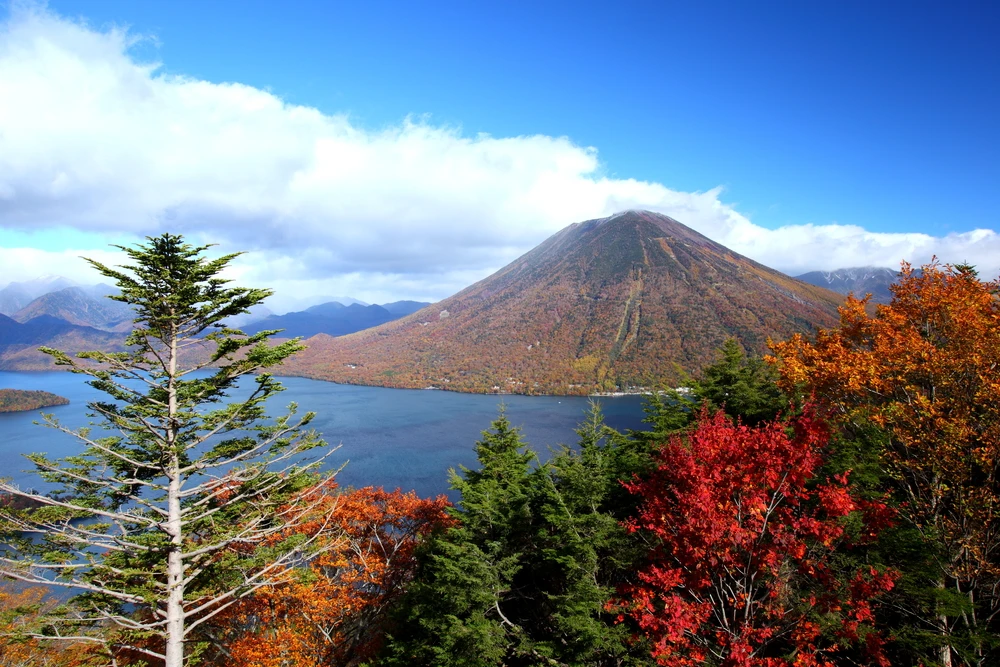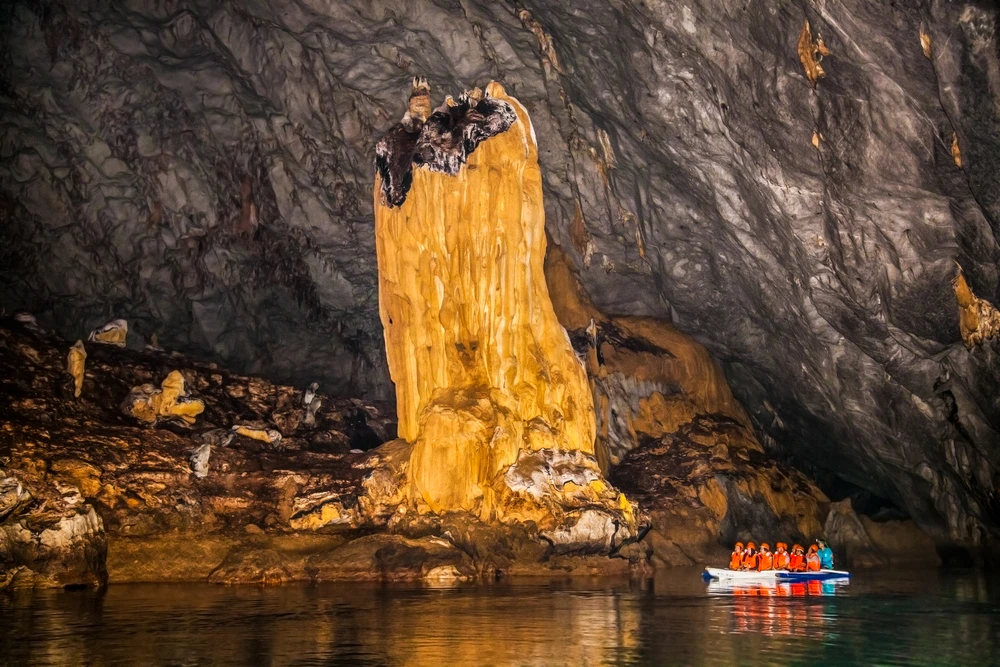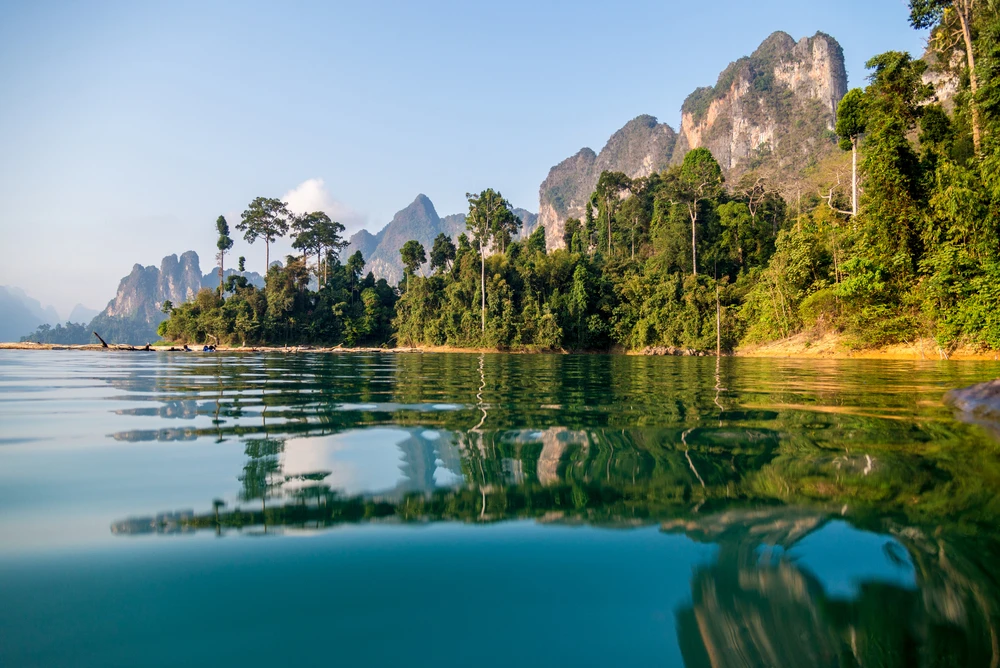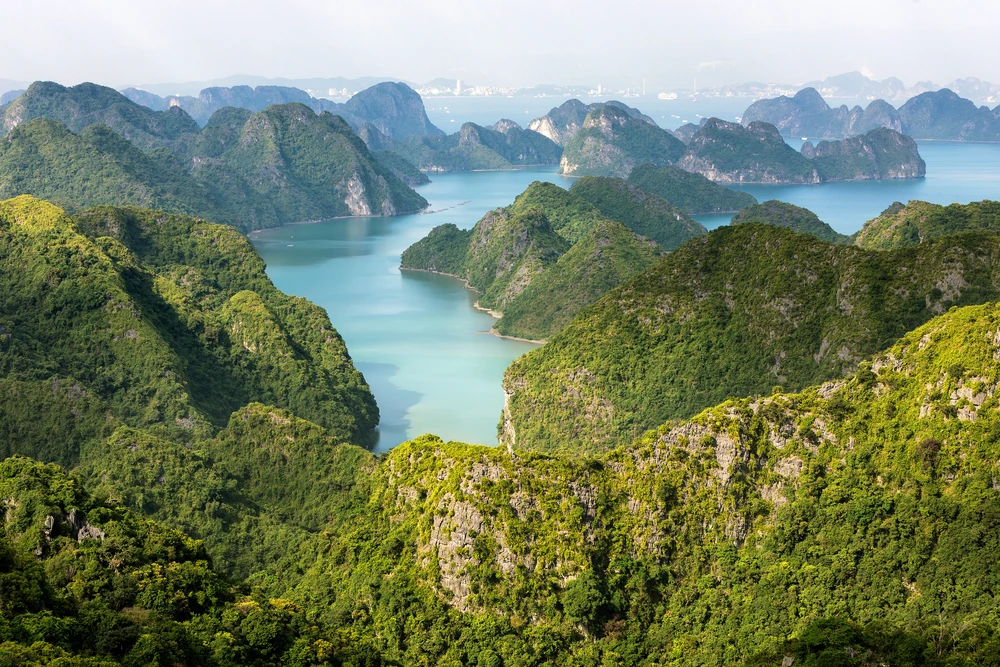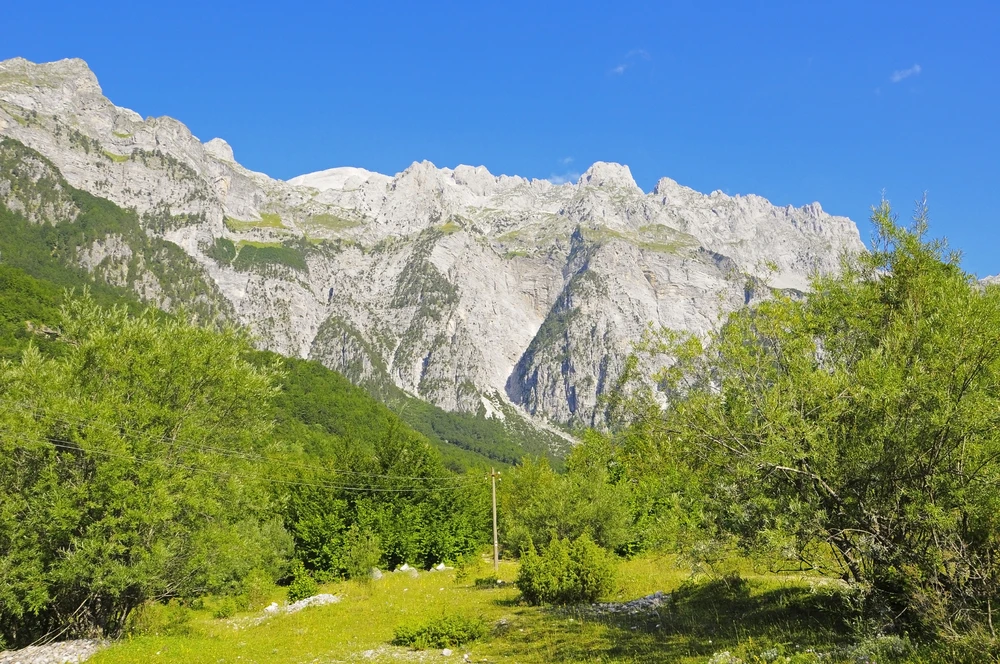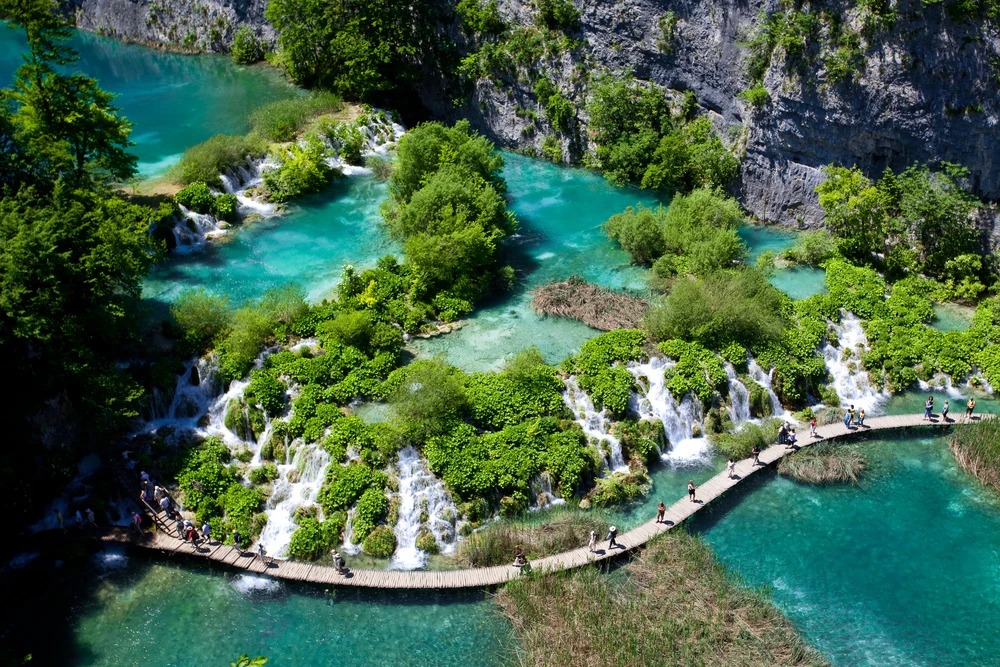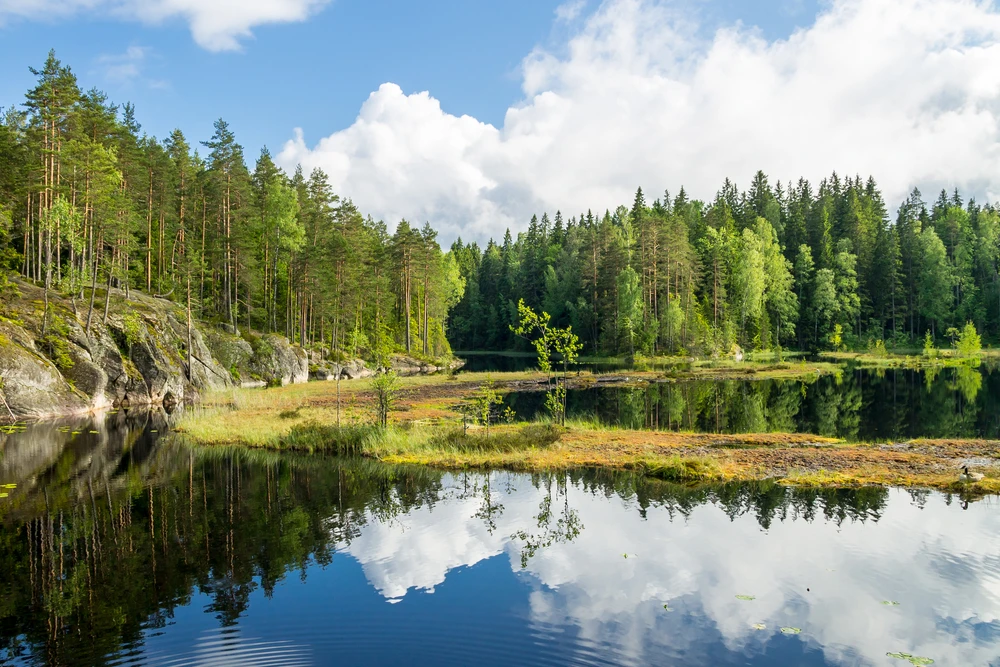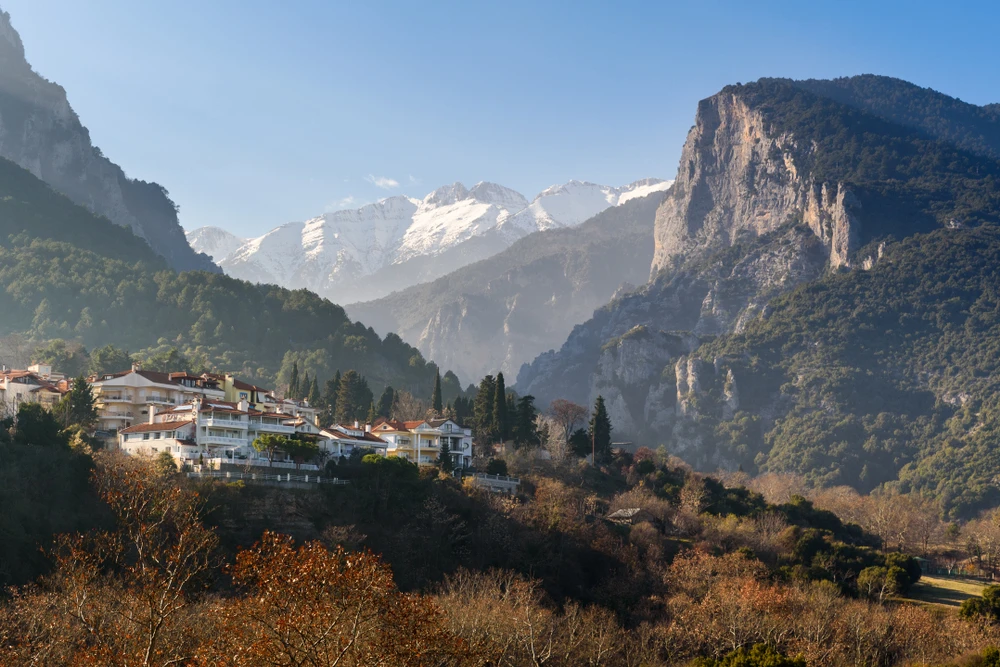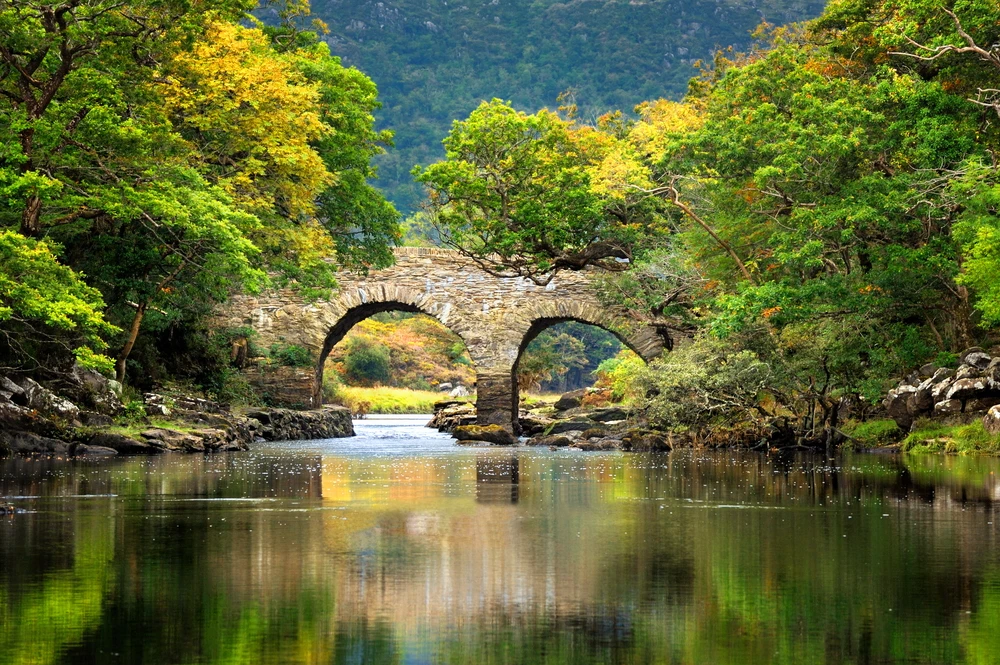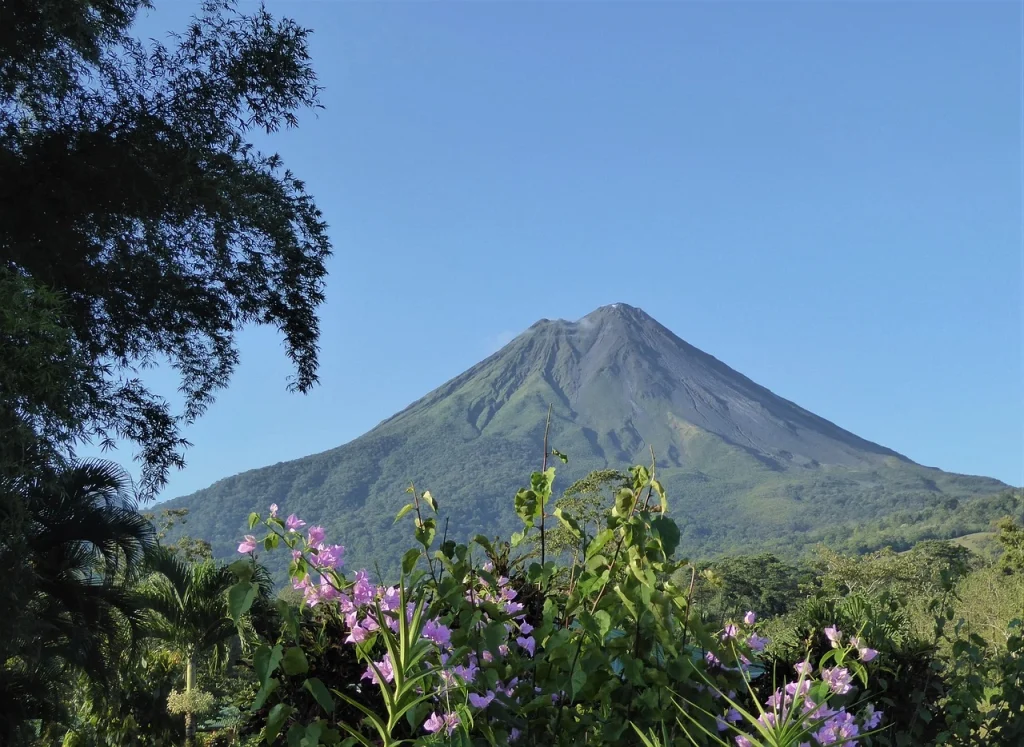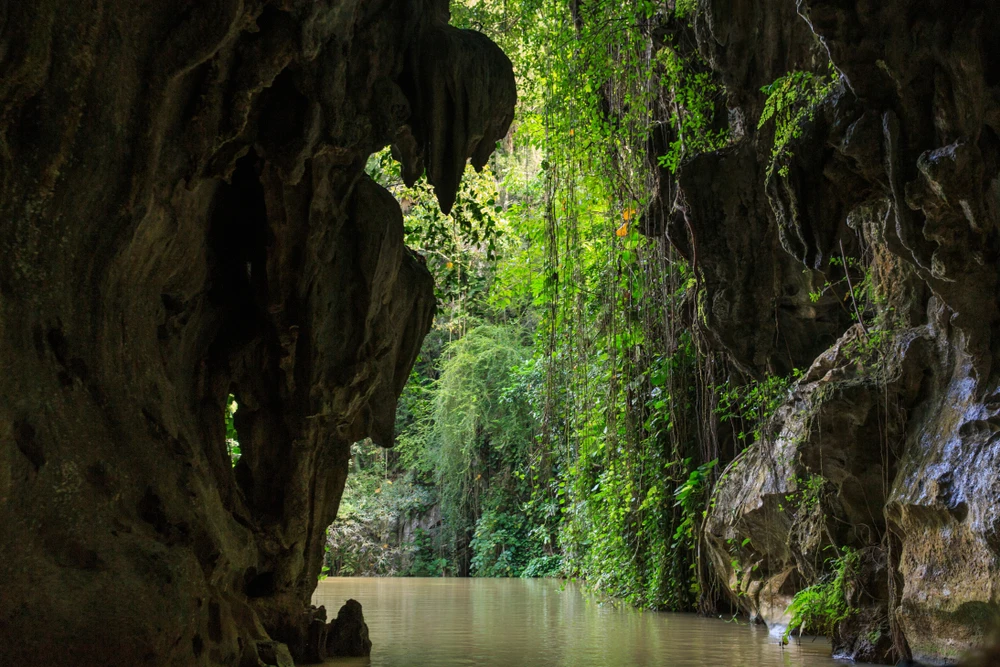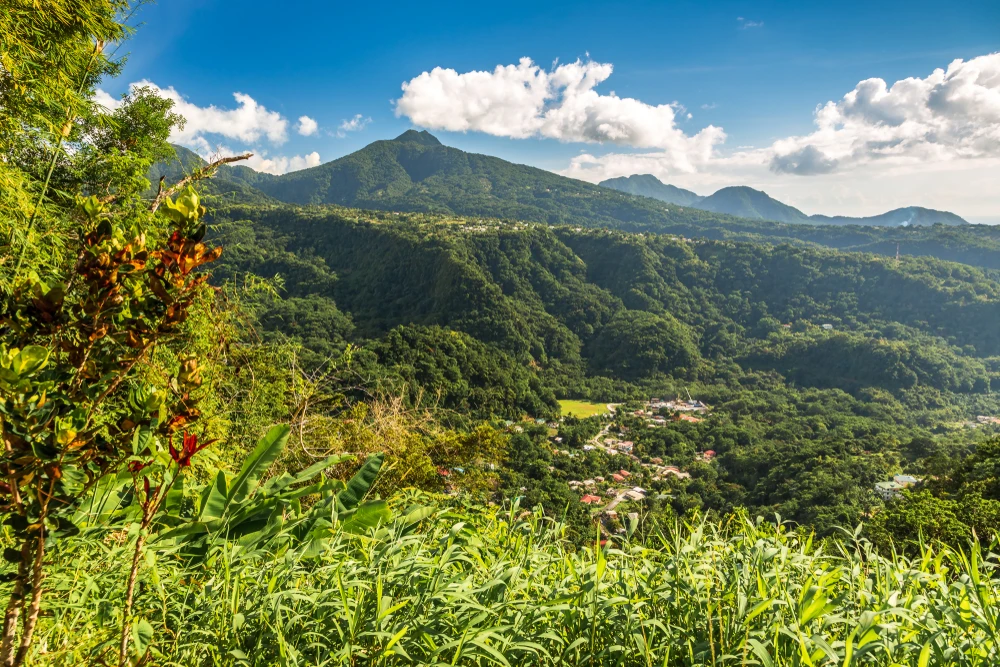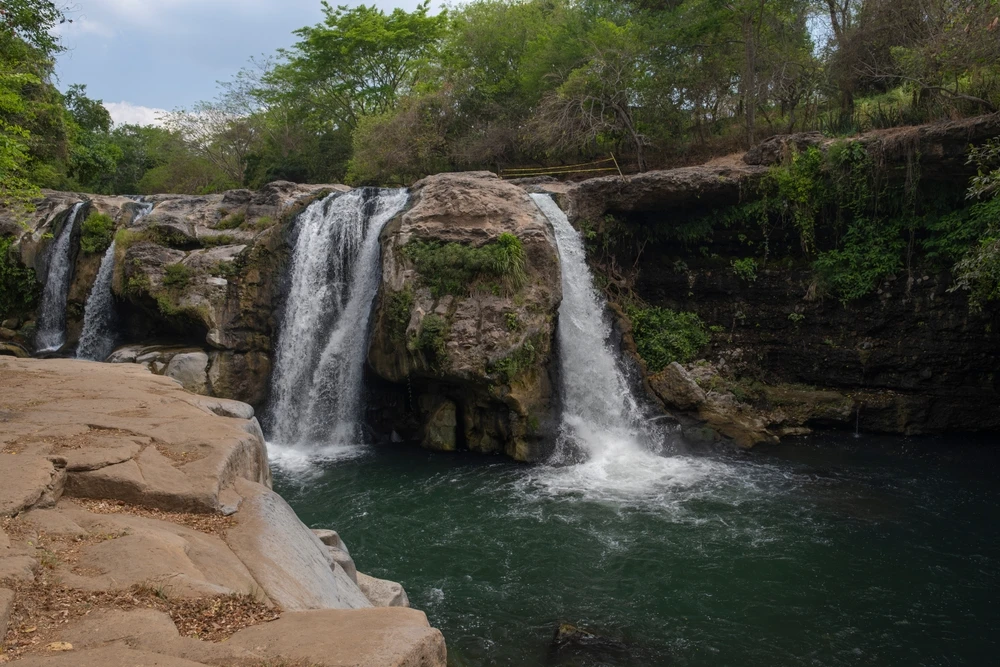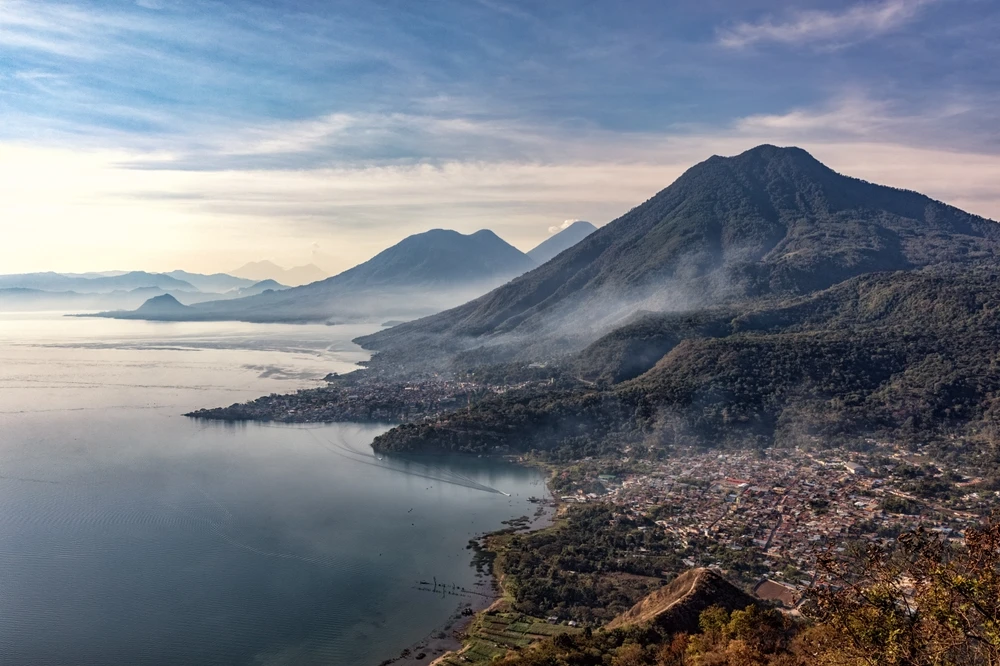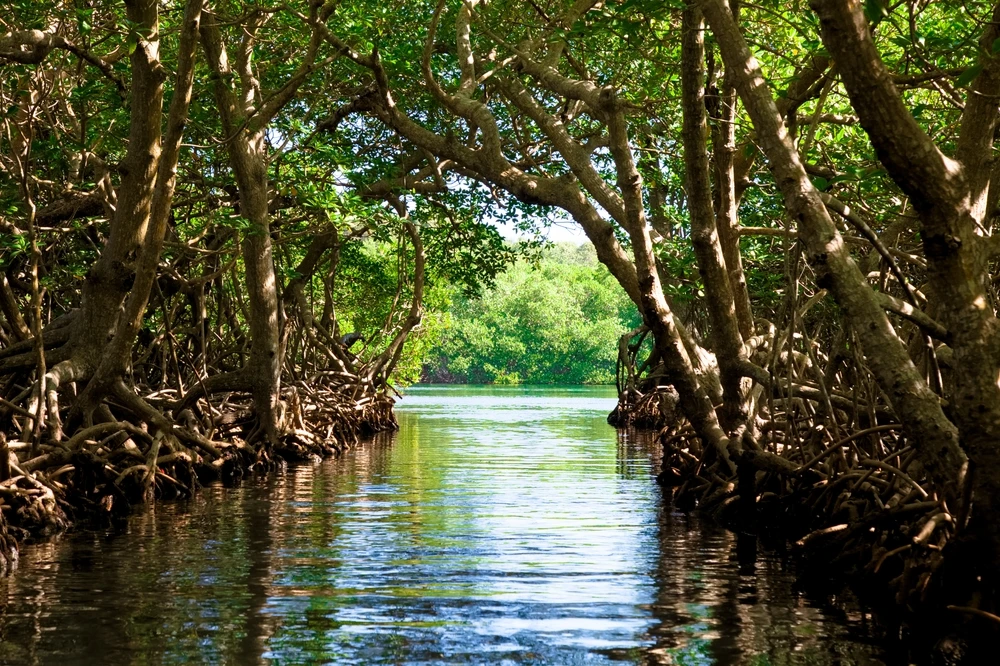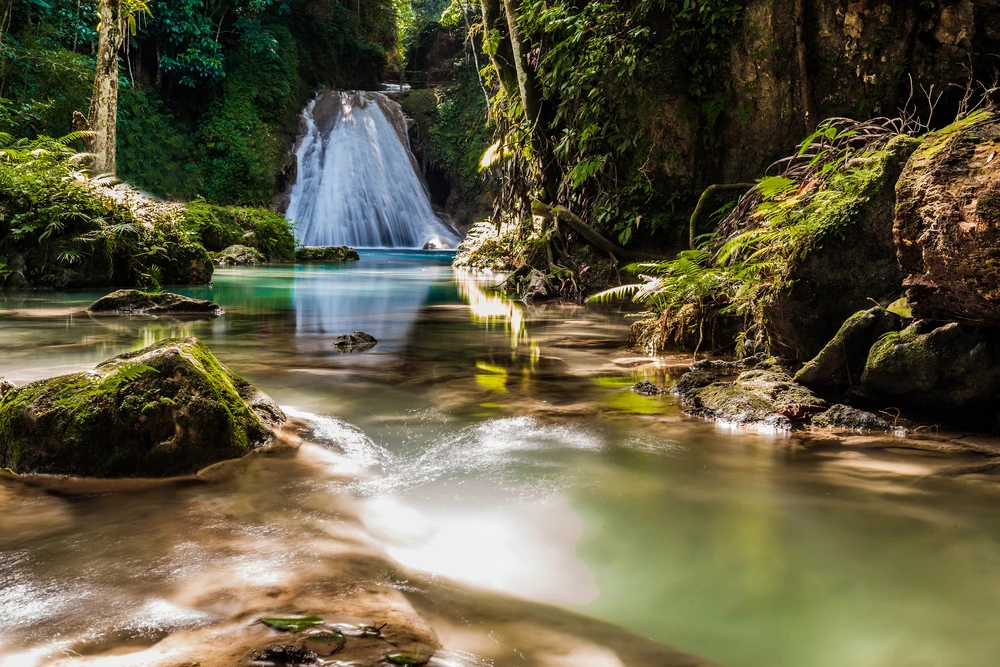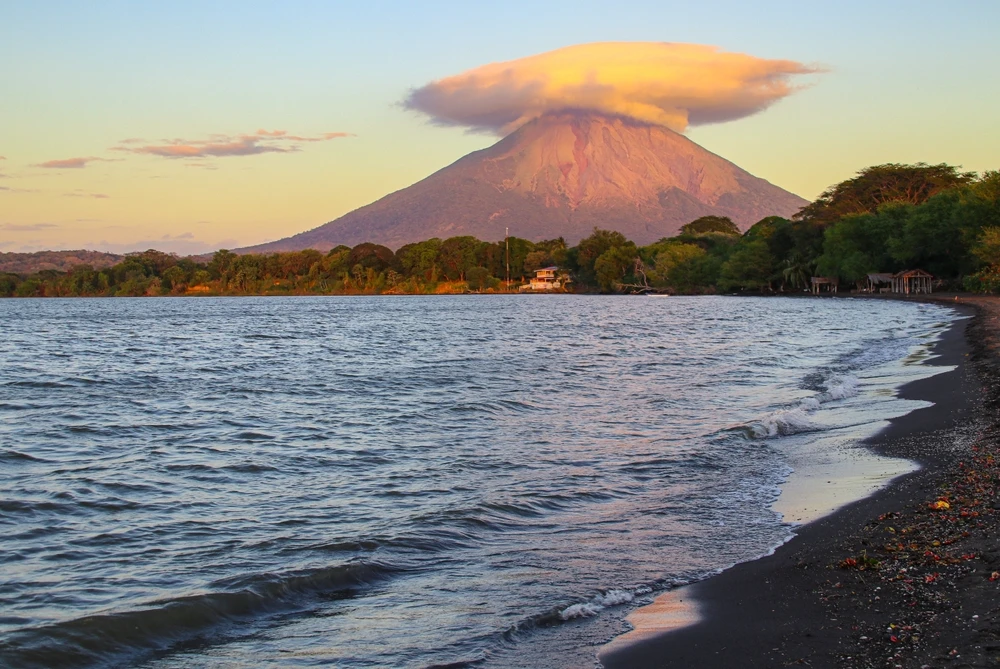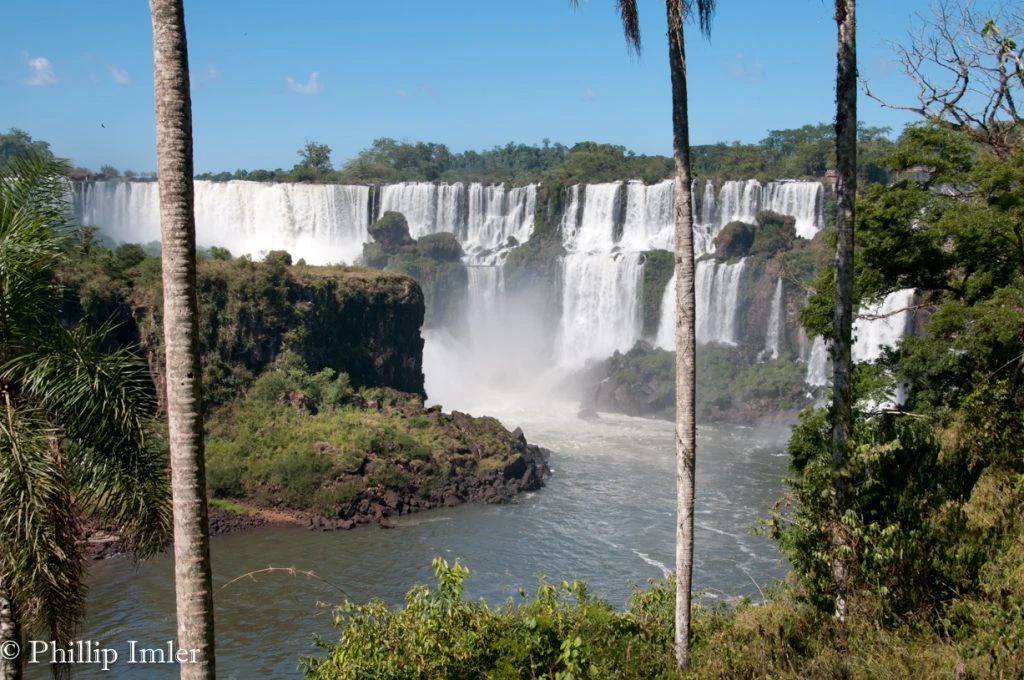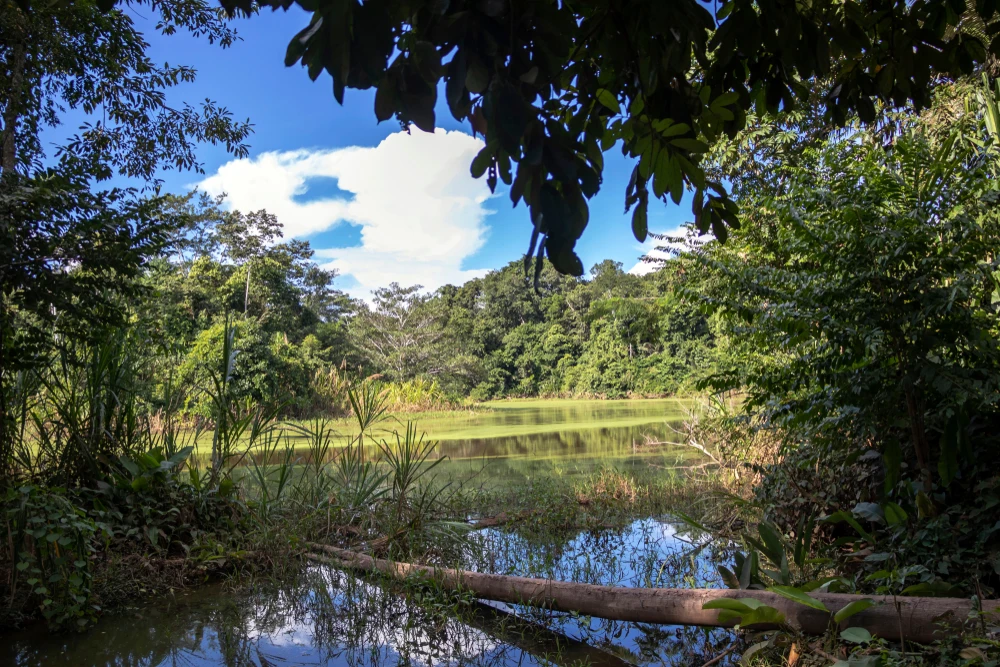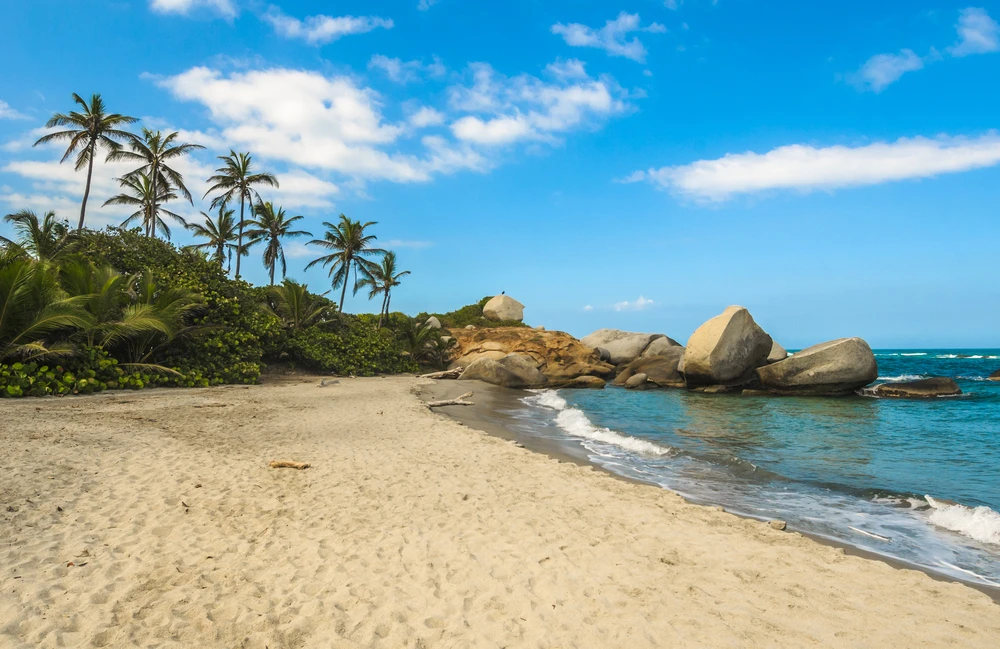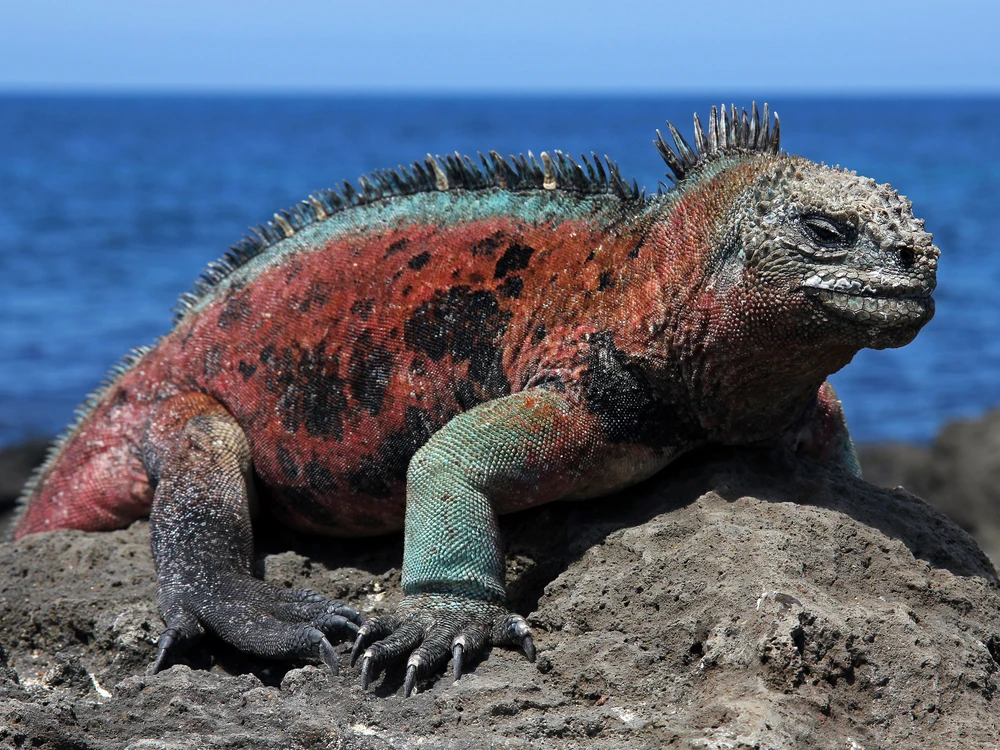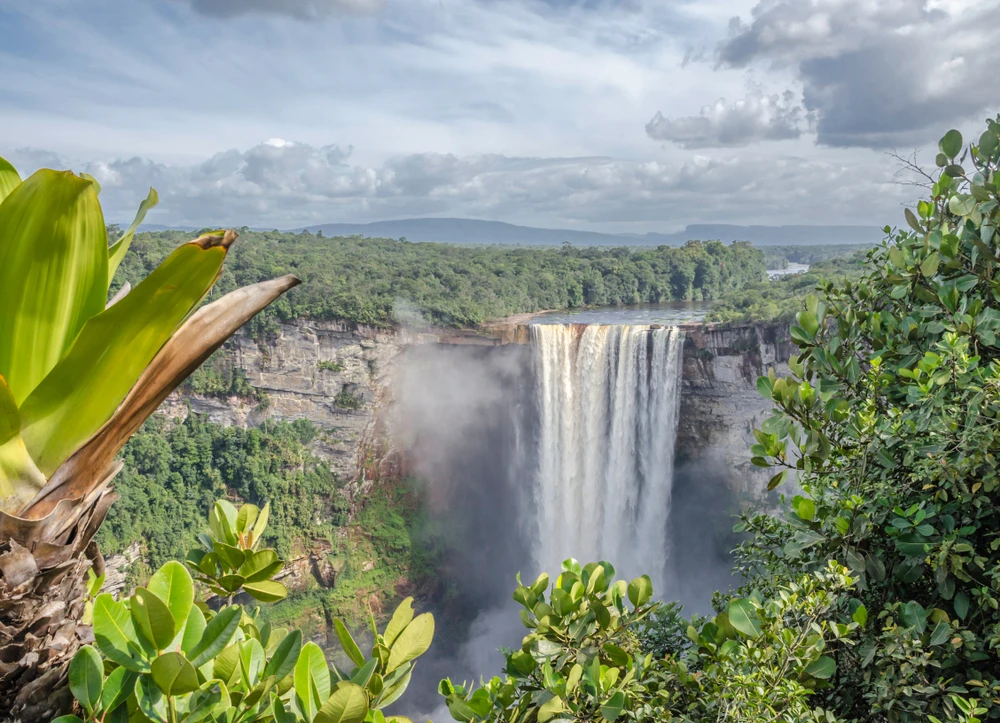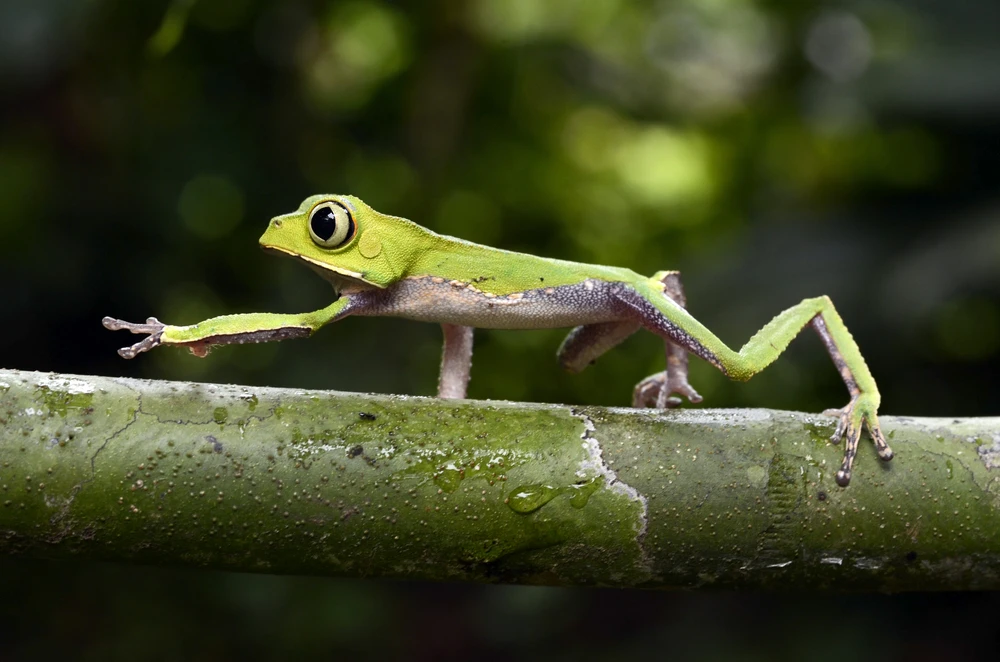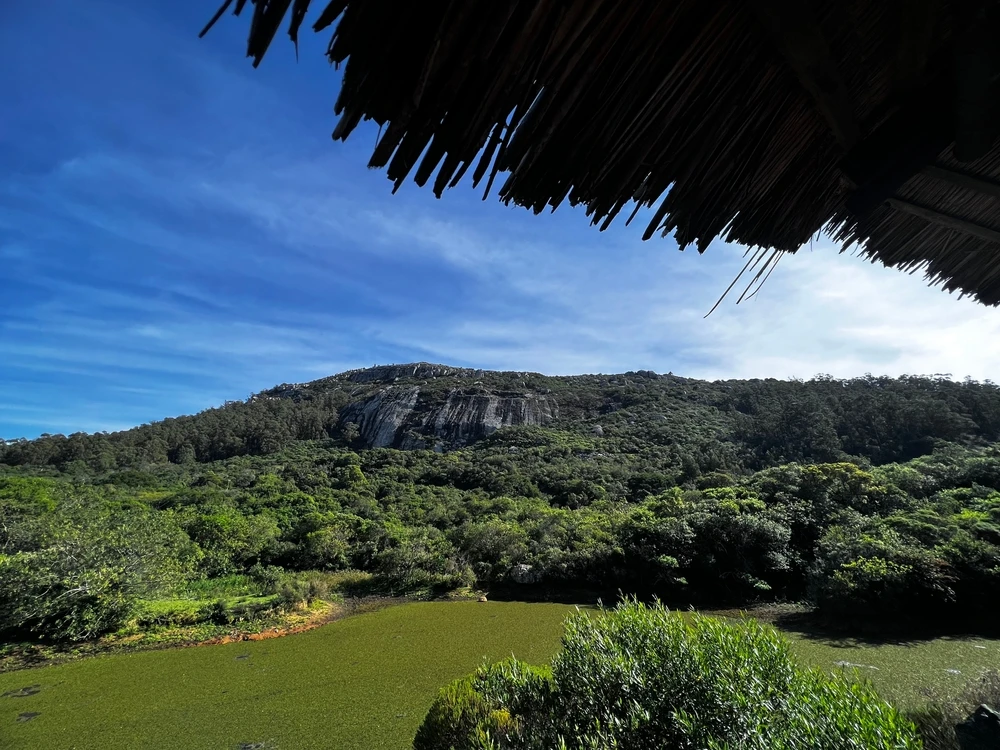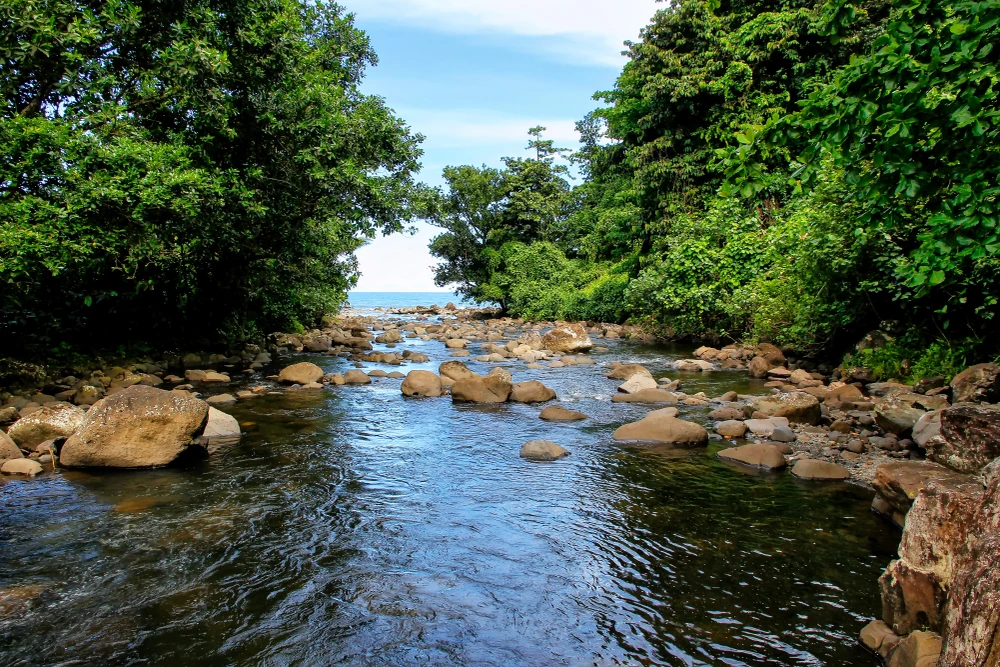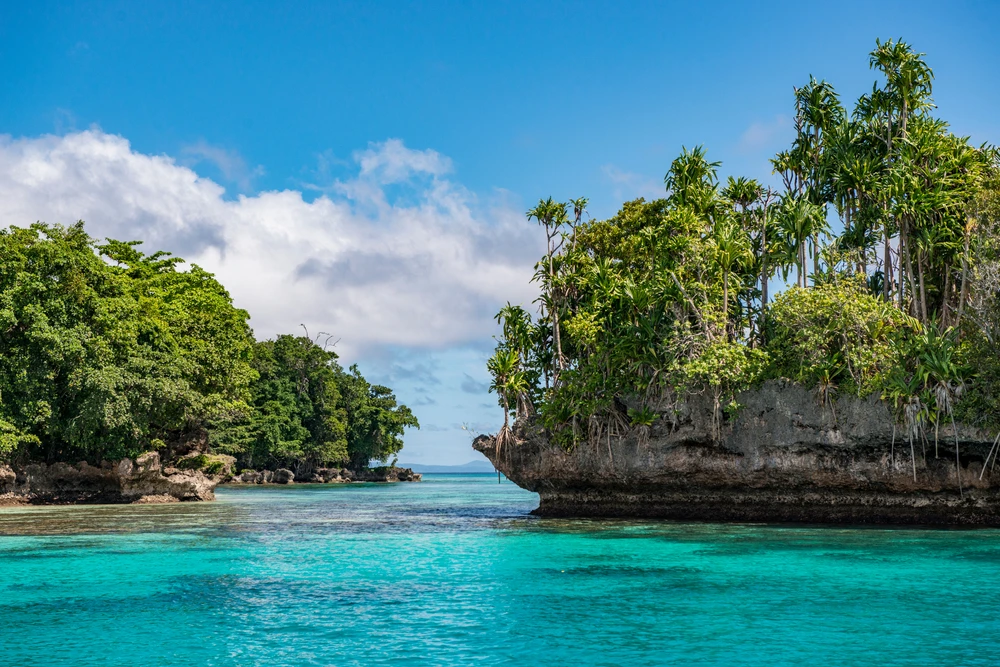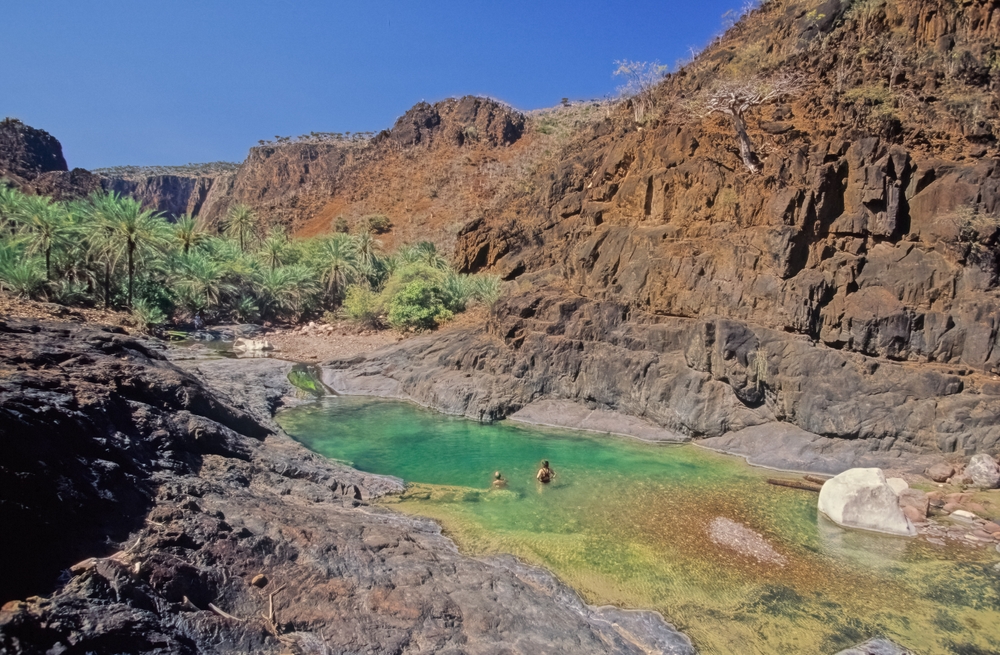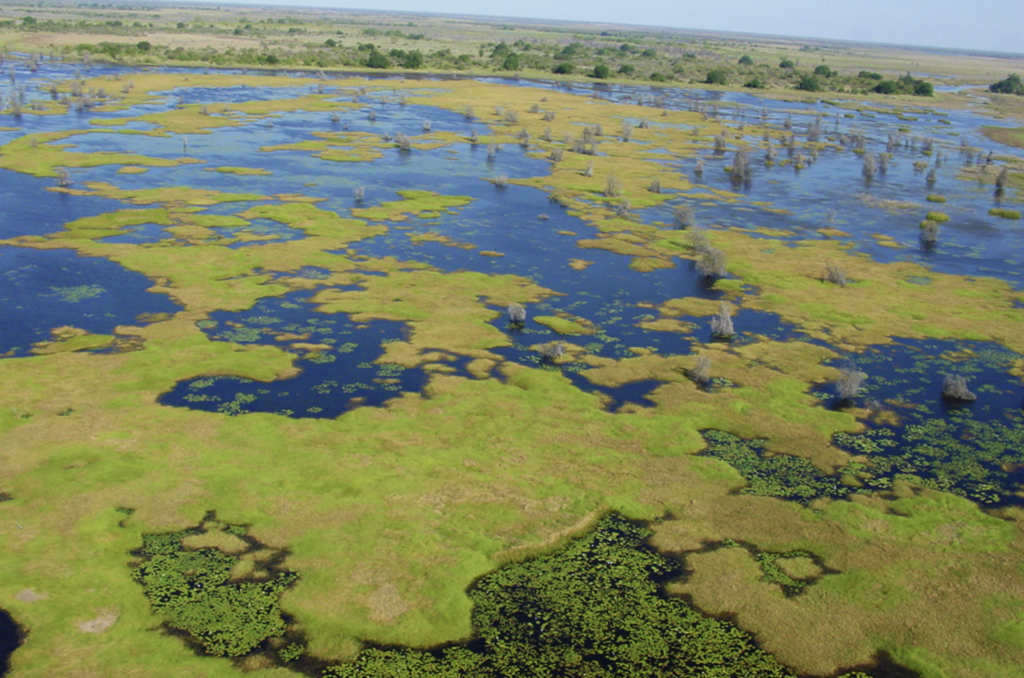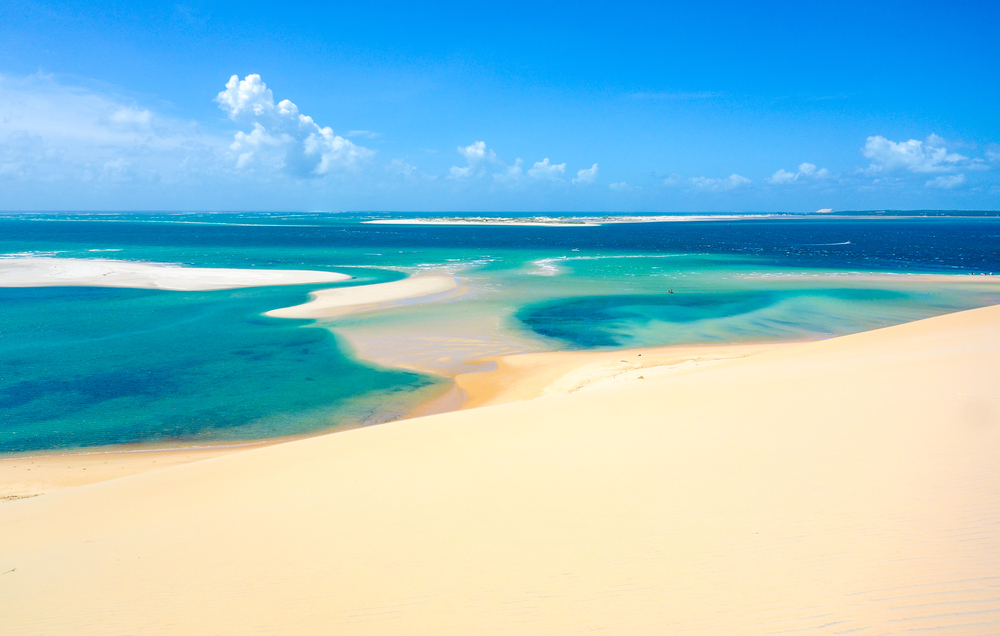Limpopo Overview
Limpopo National Park, locally known as “Parque Nacional do Limpopo,” is one of Mozambique’s largest and most ecologically significant protected areas. Established in 2001, the park covers approximately 11,233 square kilometers (4,336 square miles) and is situated in the Gaza Province, adjacent to South Africa’s Kruger National Park and Zimbabwe’s Gonarezhou National Park. Together, these parks form the Greater Limpopo Transfrontier Park, one of the largest cross-border conservation initiatives in the world. Limpopo National Park is a vital area for biodiversity conservation and a growing destination for eco-tourism.
The terrain of Limpopo National Park is diverse and striking, featuring a mix of woodlands, savannas, floodplains, and rivers. The Limpopo River, which forms the park’s southern boundary, is a lifeline for its ecosystems, while the Shingwedzi River flows through the park, creating seasonal wetlands that attract a variety of wildlife. The park’s landscapes range from flat plains to rolling hills, dotted with dense forests and open grasslands. Vegetation includes mopane trees, acacias, and various shrubs that sustain the park’s herbivores and provide shelter for smaller species.
Limpopo National Park is home to a wide array of wildlife, including iconic African species. Elephants, giraffes, zebras, and buffalo roam the park’s plains, while predators such as lions, leopards, and cheetahs are also present. Hippos and crocodiles inhabit the rivers and waterholes, which are crucial during the dry season. Bird enthusiasts will find the park a haven, with species like fish eagles, hornbills, and kingfishers commonly sighted. The park is an essential corridor for migratory species, connecting ecosystems across the Transfrontier area.
Visitors to Limpopo National Park can explore its natural beauty through guided game drives, which offer opportunities to observe wildlife in their natural habitats. Walking safaris provide a more intimate experience of the park’s landscapes and biodiversity, while boat trips along the Limpopo River offer unique perspectives of the aquatic ecosystems. Camping facilities and eco-lodges allow visitors to immerse themselves in the park’s serene environment. The park also provides opportunities to engage with local communities, learning about their traditional practices and the role of conservation in their livelihoods.
Despite its vast size and ecological importance, Limpopo National Park faces significant challenges. Human-wildlife conflict, poaching, and habitat degradation are ongoing issues that threaten its ecosystems. Additionally, balancing conservation goals with the needs of local communities presents a complex challenge. Conservation efforts, led by Mozambique’s Administração Nacional das Áreas de Conservação (ANAC) and international partners, focus on anti-poaching initiatives, habitat restoration, and community engagement. These efforts aim to create a sustainable balance between protecting biodiversity and supporting local development.
Limpopo National Park is a cornerstone of Mozambique’s conservation landscape. Its vast wilderness, diverse wildlife, and connection to the Greater Limpopo Transfrontier Park make it an essential destination for eco-tourists and researchers. By protecting this extraordinary park, Mozambique contributes to global biodiversity conservation and ensures the sustainability of one of Africa’s most important ecological regions.



